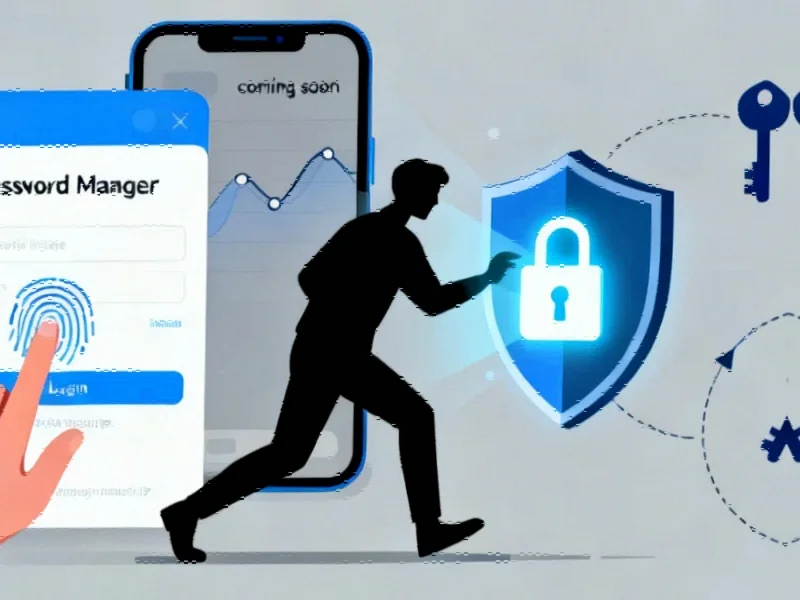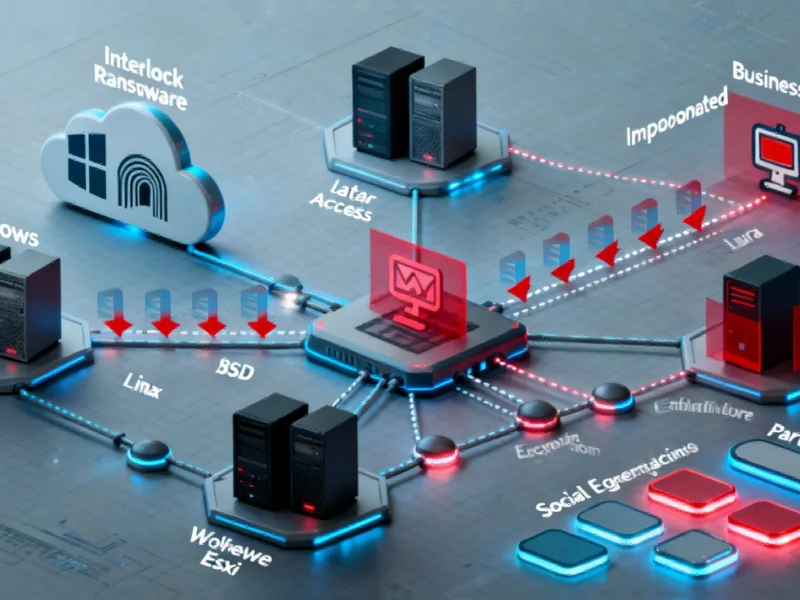The Final Frontier of Passwordless Authentication
In a significant step toward eliminating what cybersecurity experts call “the weakest link” in digital security, Dashlane has announced true passwordless access to its password management platform through integration with Yubico’s hardware security keys. This development represents a crucial advancement in the ongoing battle against phishing attacks, which account for the vast majority of security breaches leading to data theft and financial losses.
Despite widespread cybersecurity training programs, research indicates that 98% of users still fall victim to phishing attempts. The fundamental problem lies in the password-based authentication model itself, which creates inherent vulnerabilities regardless of additional security layers like two-factor authentication. The FIDO Alliance’s passkey standard offers a promising alternative by removing passwords entirely from the authentication workflow.
Solving the Password Manager Paradox
The transition to passwordless authentication presents a unique challenge for password managers specifically. The central paradox has been: how can you access your password manager without a password when you need to be logged into your password manager to access everything else passwordlessly? This creates what security professionals call “the last vulnerable mile” of credential management.
Dashlane’s implementation with Yubico addresses this through the WebAuthn PRF specification, which allows physical security keys to serve dual purposes. These devices not only store the passkey for accessing your password manager but also provide the cryptographic material for encrypting and decrypting your vault. This approach mirrors industry developments in hardware security across computing platforms.
The Hardware Security Advantage
Yubico’s YubiKey security keys function as what the WebAuthn standard officially terms “roaming authenticators.” Similar to the Secure Enclaves in Apple devices and Trusted Platform Modules in Windows, Linux, and Android hardware, each YubiKey contains unique, factory-encoded secret information that distinguishes it from all other security keys.
This hardware-based approach means that threat actors cannot phish your password manager credentials because there’s no password to steal. Access requires physical possession of your specific security key. The implications for enterprise security are substantial, particularly as organizations navigate recent technology challenges in remote work environments.
The Critical Backup Consideration
While the security benefits are compelling, the passwordless approach introduces new operational considerations. The most significant is the absolute necessity of maintaining backup security keys. Unlike traditional password recovery workflows that might use email verification or security questions, there’s no automated recovery mechanism if you lose your only security key.
“You’ve got to set up an extra key,” Dashlane’s director of product innovation Rew Islam emphasized in discussions about the implementation. “You stow that key wherever you want or even go with multiple roaming authenticators.” This requirement represents a fundamental shift in how users and IT departments must approach access management, reflecting broader market trends toward physical security components.
The Mobile Gap and Future Roadmap
Currently, the passwordless implementation faces limitations on mobile platforms. Due to incomplete support for the WebAuthn PRF specification in iOS and Android, mobile users must wait until early next year for full functionality. This gap highlights the challenges of implementing emerging standards across diverse platforms and ecosystems.
Islam noted that platform providers must choose which aspects of specifications to implement: “When there are these standards, we have to wait for the platforms to decide what to do with them. Passkeys are a success because Microsoft, Google, and Apple signed up to implement them.” This situation demonstrates how related innovations often face adoption hurdles across different operating environments.
Enterprise Implications and Strategic Considerations
For industrial computing environments where security and reliability are paramount, Dashlane’s passwordless approach offers both opportunities and challenges. The elimination of phishing vulnerabilities addresses a critical attack vector, but the requirement for physical security key management introduces new operational complexities.
IT departments must develop comprehensive strategies for security key distribution, backup, and recovery. The approach aligns with industry developments in critical infrastructure protection, where physical security components play increasingly important roles. As organizations evaluate this technology, they should consider how it fits within broader security frameworks that may include other recent technology implementations.
The move toward passwordless authentication represents more than just a convenience feature—it’s a fundamental rethinking of digital identity verification. As this technology continues to evolve, we can expect to see further market trends toward hardware-based security solutions across enterprise computing environments.
While the current mobile limitations may delay widespread adoption in some organizations, the direction is clear. The industry is moving toward a future where passwords are obsolete, and physical authentication devices play central roles in security architectures. This transition reflects the ongoing maturation of digital security approaches that balance protection with usability.
As organizations plan their security roadmaps, understanding these developments becomes crucial for maintaining competitive and protected operations. The integration of hardware security keys with password managers marks an important milestone in this journey, one that will likely influence related innovations across the industrial computing landscape.
This article aggregates information from publicly available sources. All trademarks and copyrights belong to their respective owners.
Note: Featured image is for illustrative purposes only and does not represent any specific product, service, or entity mentioned in this article.



